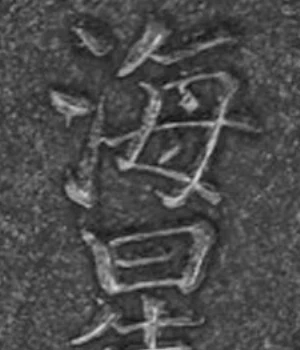
Aragorn Quinn
- Associate Professor, Global Studies
Education
PhD, Stanford University 2015
Courses Taught
- JAPAN 100 - Introduction to Japanese Literature
- JAPAN 345 - Japanese News Media
- JAPAN 351 - Japanese Performance Traditions
- JAPAN 352 - Japanese Performance Traditions: Readings
- JAPAN 355 - Seminar in Japanese Literature: Tales of Futures Past
- JAPAN 361 - Translating Japanese Media
- JAPAN 500 - Japanese Writing and Research Methods
Research Interests
- Modern Japanese literature and performance
- Performance studies
- Translation theory
Books
Selected Publications
“Censoring the Emperor: The Debut Performance of The Mikado in Japan” The Palgrave Handbook of Theater Censorship Palgrave. (Forthcoming, 2024).
“Mediated Laugher and The Limits of Realism: Laughing Letter and the Kinodrama Experiment in 1930s Japanese Performance” Realisms in East Asian Performance University of Michigan Press. (2023).
“Higoromo” by Asamatsu Ken (translation) in Vampiric: Tales of Blood and Roses from Japan Kurodohan Press. (2019).
Staging the Resistance: Performing the Politics of Translation in Modern Japan Routledge Press. (2019).
“The Sound of Liveness: The Zenshinza’s Shinsengumi: A Talkie Rensa-geki” Association of Japanese Literary Studies (Summer, 2016).